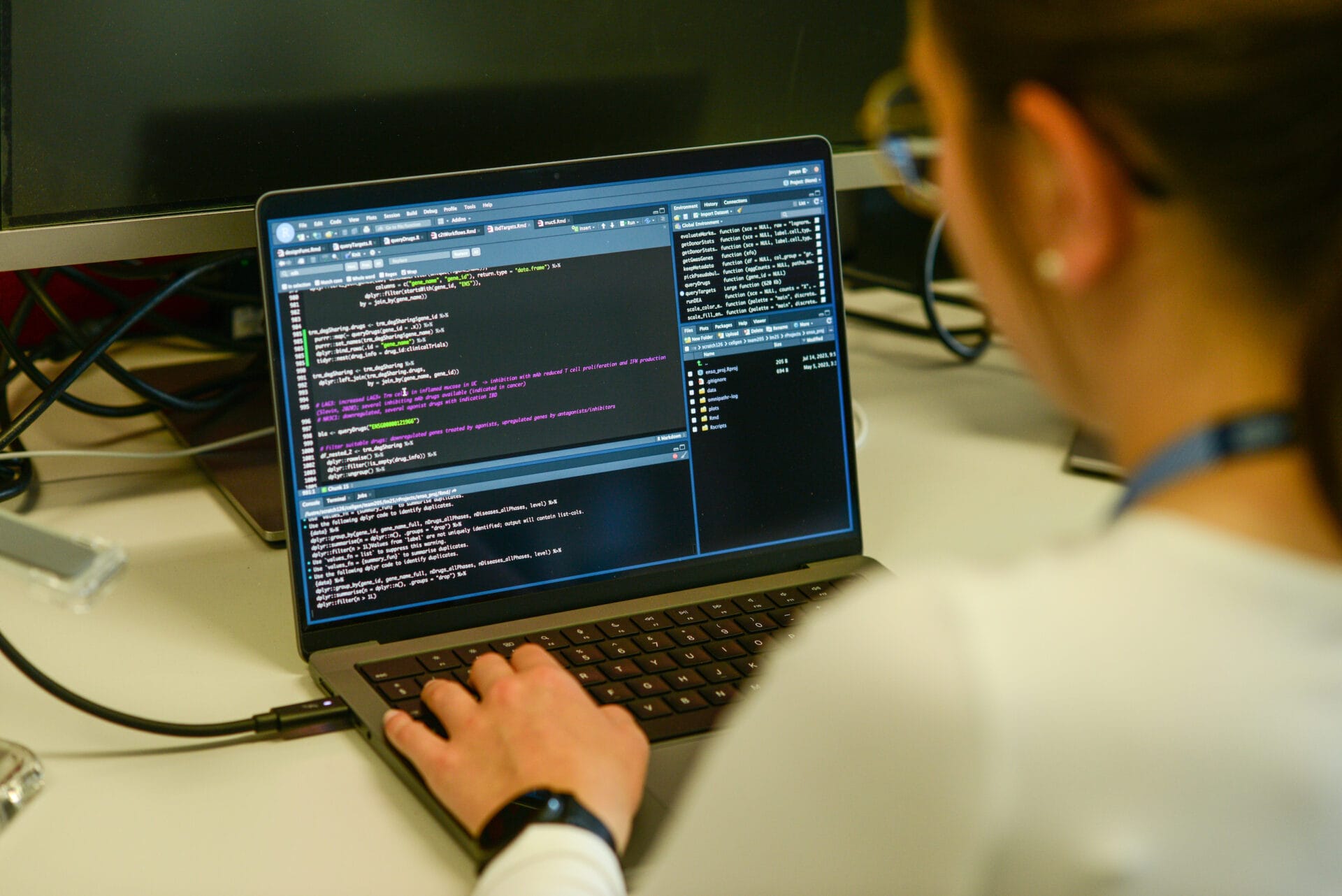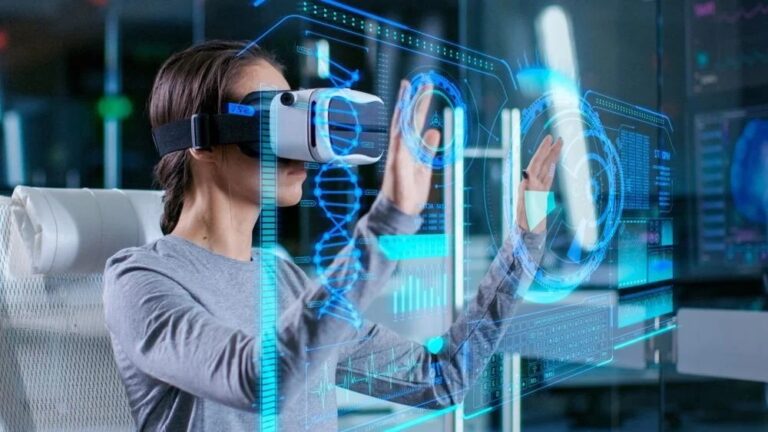Bioinformatics stands as a pivotal field that applies computational techniques to understand biological data, unlocking profound insights into living organisms at molecular and genetic levels. This article explores the fundamentals, applications, challenges, and future directions of bioinformatics, showcasing its transformative impact on biological research, medicine, and beyond.
Fundamentals of Bioinformatics
Bioinformatics integrates biology, computer science, statistics, and mathematics to analyze and interpret biological data. Key components include:
- Sequence Analysis: Examining DNA, RNA, and protein sequences to identify patterns, mutations, and relationships.
- Structural Bioinformatics: Predicting and analyzing the three-dimensional structures of molecules such as proteins and RNA.
- Genome Assembly and Annotation: Assembling and annotating genomes to understand genetic variations and functionalities.
- Systems Biology: Modeling biological systems to understand their behavior and interactions at a holistic level.
Applications in Biological Research and Medicine
Bioinformatics drives advancements across diverse domains:
- Genomics: Analyzing genomes to study genetic variations, evolution, and disease susceptibility.
- Proteomics: Identifying and characterizing proteins to understand their functions and roles in biological processes.
- Drug Discovery: Predicting drug-target interactions, virtual screening of compounds, and designing novel therapeutics.
- Personalized Medicine: Tailoring medical treatments based on individual genetic profiles and biomarkers.
Challenges in Bioinformatics
- Data Integration and Interpretation: Managing large-scale biological datasets and extracting meaningful insights.
- Algorithm Development: Designing efficient algorithms for sequence alignment, structure prediction, and data mining.
- Computational Resources: Utilizing high-performance computing and cloud infrastructure to handle complex computations.
- Ethical and Legal Issues: Addressing privacy concerns, data sharing policies, and ethical implications of genomic research.
Emerging Trends and Future Directions
- Machine Learning and AI: Applying machine learning techniques for pattern recognition, prediction modeling, and data-driven discoveries in bioinformatics.
- Single-cell Omics: Analyzing individual cells to understand cellular heterogeneity and dynamics in tissues and organs.
- Precision Agriculture: Using bioinformatics for crop improvement, disease resistance, and sustainable agriculture practices.
- Synthetic Biology: Designing novel biological systems and organisms for biotechnological applications.
Conclusion
Bioinformatics continues to revolutionize biological research and healthcare by harnessing computational techniques to analyze and interpret vast amounts of biological data. As technologies evolve and interdisciplinary collaborations deepen, bioinformatics will play an increasingly critical role in advancing our understanding of life processes, improving healthcare outcomes, and driving innovation in biotechnology and beyond. Embracing the challenges and opportunities in bioinformatics is essential for realizing its full potential in addressing global health challenges and contributing to the future of scientific discovery.
Top of Form
Bottom of Form





+ There are no comments
Add yours